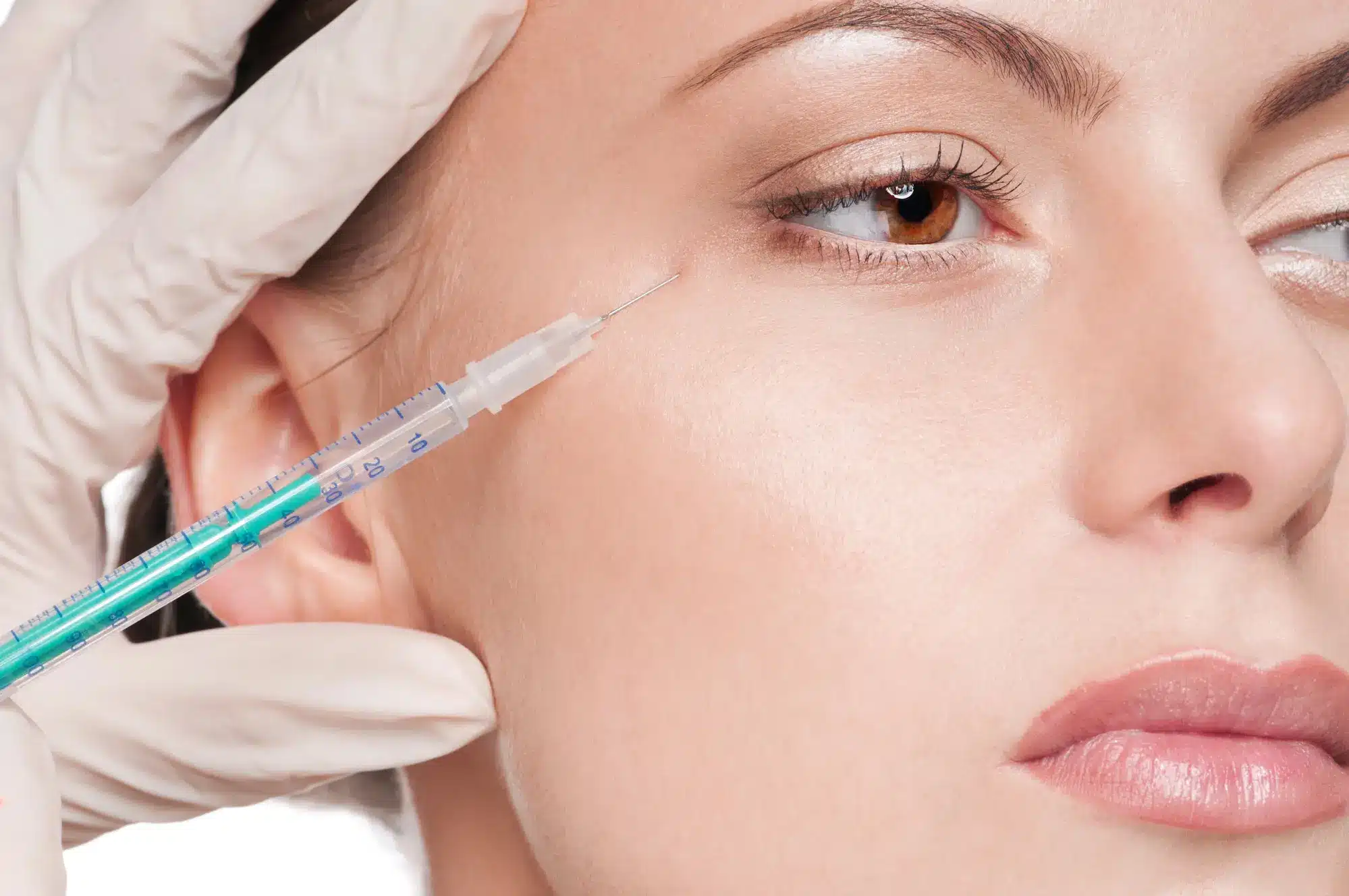
Are Esthelis and Juvederm the same filler?
Esthelis fillers are made of completely biodegradable hyaluronic acid molecules that are derived via biofermentation, with no risk of allergic or immunogenic reactions. The Esthelis range includes 3 formulations: Esthelis Basic, Esthelis Soft, and Esthelis Men. These fillers are processed using Cohesive Polydensified Matrix (CPM) Technology, which contributes to the distinctive monophasic or non-particulate nature of the gels. As for Juvederm, it is a renowned brand of aesthetic fillers. The aesthetic fillers are made of high-quality hyaluronic acid molecules that are extracted and purified from bacterial cultures. Juvederm implants can be categorized into two major collections which are Juvederm Vycross (e.g. Juvederm Volite, Volbella, Volift, and Voluma) and Juvederm Ultra (e.g. Juvederm Hydrate, Ultra Smile, Ultra 2, Ultra 3, and Ultra 4).
Are Esthelis and Juvederm fillers made of hyaluronic acid?
Hyaluronic acid is actually a type of complex and naturally occurring glycosaminoglycan that is distributed widely throughout the connective, epithelial, and neural tissues. In-depth research found that hyaluronic acid is a major component of skin with strong hygroscopic properties. It helps to maintain the health and performance of skin by locking in moisture and hydrating other dermal cells like collagen and elastin fibers. Though dermal fillers exist in many types (e.g. collagen, calcium hydroxylapatite, etc.), hyaluronic acid-based implants like Esthelis and Juvederm are generally safe and well-tolerated. This is because hyaluronic acid is naturally found in skin. Not only that, hyaluronic acid also has a relatively low side effect profile since it is without chemical specificity or species. Nowadays, these soft tissue fillers are completely synthetic and do not contain any animal proteins in order to reduce the risk of foreign body reactions. Hence, patients who are allergic to avian proteins can still be safely treated using Esthelis and Juvederm injectable implants.
Juvederm vs Esthelis: monophasic fillers
Monophasic gel simply refers to fillers that only contain a single and homogenous phase of hyaluronic acid. Esthelis implants are processed to have monophasic textures thanks to the Cohesive Polydensified Matrix (CPM) technology used. The unique technology reticulates the purified hyaluronic acid molecules into injectable implants with exceptional viscosity and elasticity. Esthelis fillers are also formulated to bond with water in order to plump up the tissues. Hence, once injected into the problematic skin, Esthelis fillers are able to integrate easily and homogeneously into the dermis, resulting in natural-looking aesthetic outcomes.
On the topic of Juvederm, the fillers in this product line are processed through use of either Vycross or Hylacross Technology. Vycross Technology involves a reticulation of the ultra-purified hyaluronic acid molecules in the following formulation: 90% low molecular weight and 10% high molecular weight hyaluronic acid molecules. The end result of this low rate in fillers means that they are highly malleable, cohesive, and include very minimal risk of post-injection swelling. On the other hand, Hylacross Technology produces implants that are of smooth consistency without any granular texture.
Are monophasic fillers better than biphasic fillers?
Despite the strong comparison between monophasic and biphasic aesthetic fillers, neither type of filler is superior to another. Physicians and patients should understand that the different physical properties of the implants allow them to correct a wide range of dermal imperfections in various facial areas successfully. For optimal results, both Esthelis and Juvederm dermal fillers should only be administered via the recommended injection techniques for the approved dermal indications.
Which fillers contains lidocaine?
Both Esthelis and Juvederm fillers are available with or without the integration of lidocaine. It is an effective amide-type anesthetic agent that alleviates pain associated with filler injection process. Studies also show that lidocaine helps to moderate post-injection inflammatory reactions by suppressing the release of histamine from mast cells. Hence, patients who are treated with fillers with premixed lidocaine have a lower risk of undesirable aftereffects like excessive pain.
Are Esthelis fillers equivalent to Belotero fillers?
Both Esthelis and Belotero dermal fillers are processed using CPM Technology, which makes the implants to be highly viscoelastic, malleable, and cohesive. Since 2004, Merz Aesthetics had partnered with Anteis in order to market Belotero Balance filler in various markets such as in the United Kingdom, Switzerland, Austria, Russia, Germany, and Italy. Belotero Balance is considered the equivalent to Esthelis Basic, which is not widely distributed anymore.
Related Articles
Joanna Carr
Labia Filler Injections: New Vaginal Rejuvenation Method
There’s no shame in knowing that labia filler injections are rising in popularity. It’s time to consider adding them to your business offer!
Joanna Carr
Juvederm Uses: Applications in Aesthetic Medicine
Juvederm fillers are versatile hyaluronic acid dermal fillers that volumize, contour, and rejuvenate various face and body areas.
Joanna Carr
How Long Does Evenity Stay in Your System?
Find out how long Evenity stays in your system, its effects on bone mineral density, and why transitioning to antiresorptive therapy is key for lastin...


